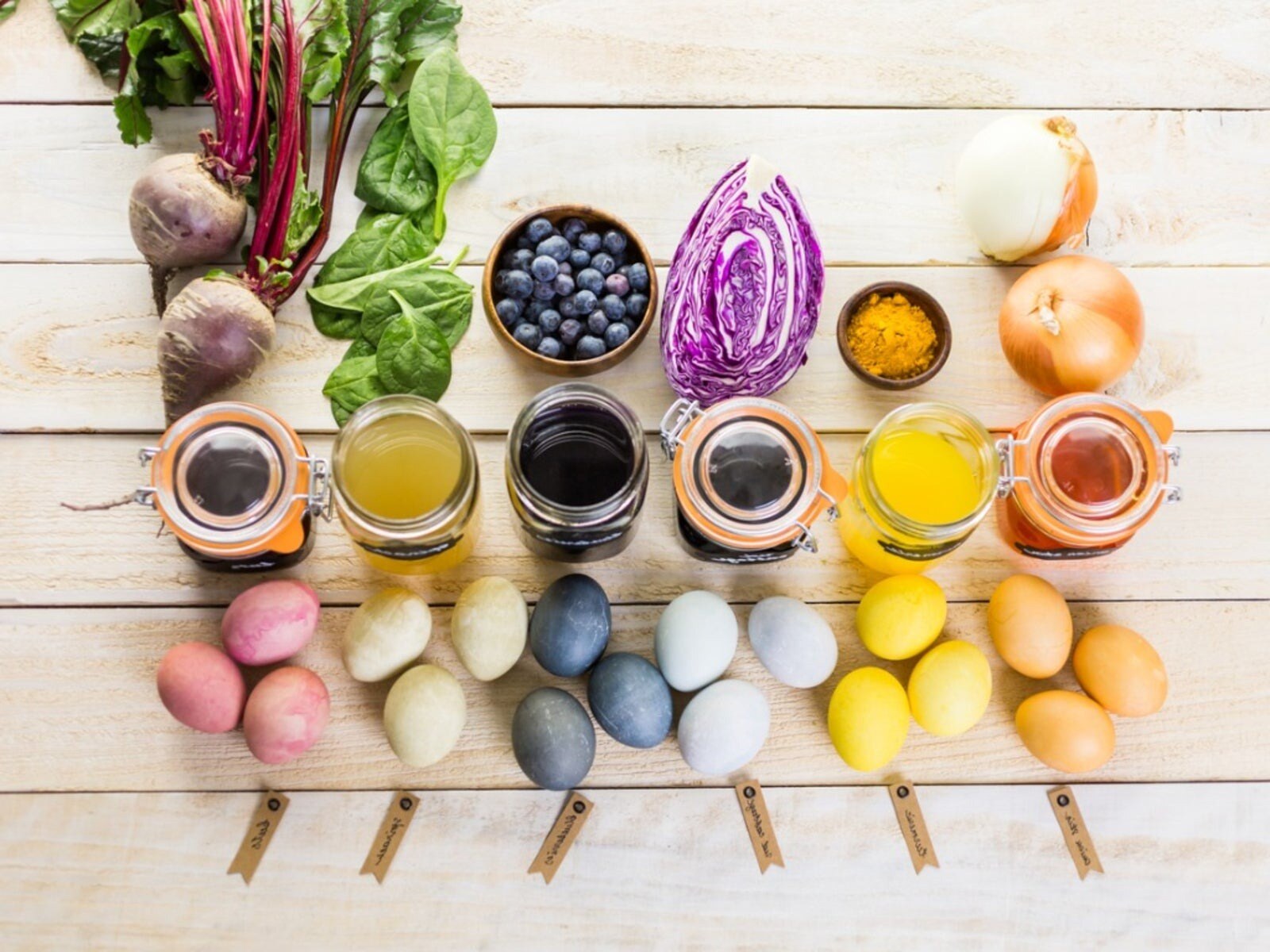
Why are natural dyes gaining popularity? Natural dyes are making a colorful comeback! These vibrant hues, extracted from plants, minerals, and even insects, are capturing the attention of eco-conscious creators and fashion enthusiasts alike. Unlike synthetic dyes, which can harm the environment, natural dyes offer a sustainable alternative. They are biodegradable, reducing pollution and waste. Plus, they often come with unique shades that change over time, adding character to fabrics. Many people appreciate the rich history and cultural significance behind these dyes, as they have been used for centuries in traditional textiles. From indigo to madder, each dye tells a story. As awareness of environmental issues grows, more individuals are embracing these eco-friendly options, making them a trendy choice for those who care about the planet. Whether you're a DIY enthusiast or a fashionista, natural dyes offer a beautiful, sustainable way to add color to your world.
The Colorful World of Natural Dyes
Natural dyes have been used for centuries to add vibrant colors to textiles, foods, and more. These dyes are derived from plants, minerals, and even insects, offering a sustainable alternative to synthetic options. Let's explore some fascinating facts about these colorful wonders.
-
Ancient Origins
Natural dyes date back thousands of years. Ancient civilizations like the Egyptians and Chinese used them to color fabrics and art. -
Plant Power
Many natural dyes come from plants. Indigo, for example, is extracted from the leaves of the indigo plant, producing a deep blue hue. -
Bug-Based Colors
Some dyes are made from insects. Cochineal, a red dye, is derived from the cochineal bug, which feeds on cactus plants. -
Mineral Magic
Minerals also provide color. Ochre, a natural clay pigment, has been used since prehistoric times for its earthy tones. -
Eco-Friendly Option
Natural dyes are biodegradable and less harmful to the environment compared to synthetic dyes, which often contain toxic chemicals.
The Art and Science of Dyeing
The process of dyeing with natural materials is both an art and a science. It requires knowledge of chemistry and creativity to achieve the desired shades.
-
Mordants Matter
Mordants are substances used to fix dyes onto fabrics. Common mordants include alum and iron, which can alter the final color. -
Color Variability
The same dye can produce different colors depending on the mordant used and the fabric type. This variability makes natural dyeing an exciting challenge. -
Temperature and Time
The temperature and duration of dyeing affect the final color. Higher temperatures and longer dyeing times often result in deeper shades. -
pH Influence
The pH level of the dye bath can change the color outcome. For instance, adding vinegar can shift colors toward the red spectrum. -
Layering Techniques
Layering different dyes can create unique colors. This technique allows for endless possibilities in design.
Cultural Significance of Natural Dyes
Natural dyes hold cultural importance in many societies, symbolizing tradition, identity, and artistry.
-
Symbolism in Colors
In some cultures, colors have specific meanings. For example, red may symbolize luck or protection in certain traditions. -
Traditional Techniques
Many indigenous communities maintain traditional dyeing techniques, passing them down through generations. -
Rituals and Ceremonies
Dyeing processes are often part of rituals and ceremonies, highlighting their cultural significance. -
Artisan Crafts
Artisans worldwide use natural dyes to create beautiful crafts, from woven textiles to painted pottery. -
Revival Movements
There is a growing movement to revive traditional dyeing practices, promoting cultural heritage and sustainability.
The Future of Natural Dyes
As awareness of environmental issues grows, natural dyes are gaining popularity as a sustainable alternative.
-
Sustainable Fashion
Many fashion brands are turning to natural dyes to create eco-friendly clothing lines. -
Research and Innovation
Scientists are researching new sources of natural dyes and improving extraction methods to enhance colorfastness and vibrancy. -
Educational Programs
Workshops and courses on natural dyeing are becoming more common, educating people on sustainable practices. -
Community Initiatives
Communities are coming together to promote natural dyeing, supporting local economies and preserving traditional knowledge. -
Global Impact
The shift towards natural dyes is part of a larger movement towards sustainability, influencing industries beyond textiles, including food and cosmetics.
The Vibrant World of Natural Dyes
Natural dyes offer a colorful history and a sustainable future. These organic colorants have been used for centuries, bringing vibrant hues to textiles and art. Unlike synthetic dyes, they come from plants, minerals, and insects, making them eco-friendly. They’re not just about color; they connect us to nature and tradition. Using them supports biodiversity and reduces chemical pollution. Plus, they create unique shades that synthetic dyes can’t replicate.
Crafting with natural dyes can be a rewarding experience, letting you experiment with different materials and techniques. Whether you're a hobbyist or a professional, these dyes offer endless possibilities for creativity. They remind us of the beauty in simplicity and the importance of sustainable practices. Embracing natural dyes means choosing a path that respects the environment and celebrates the artistry of color. Dive into this world and discover the magic of nature’s palette.
Was this page helpful?
Our commitment to delivering trustworthy and engaging content is at the heart of what we do. Each fact on our site is contributed by real users like you, bringing a wealth of diverse insights and information. To ensure the highest standards of accuracy and reliability, our dedicated editors meticulously review each submission. This process guarantees that the facts we share are not only fascinating but also credible. Trust in our commitment to quality and authenticity as you explore and learn with us.


